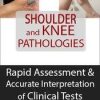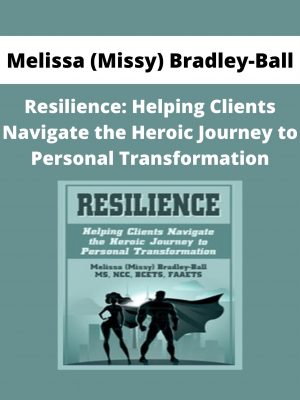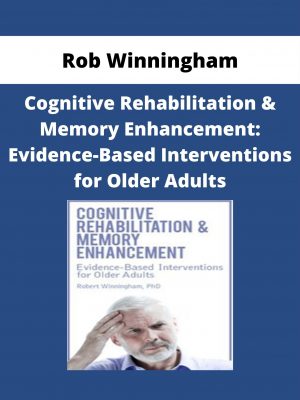Jonathan Jordan – Animal-Assisted Interventions
$109 Original price was: $109.$30Current price is: $30.
Shopping Instructions:
- DISCOUNT 15% : SHOP15
- Product Delivery: Within 1 – 12 hours after purchase.
You will also discover very practical information and resources to help you implement your own animal-assisted interventions.
Jonathan Jordan – Animal-Assisted Interventions
Brief Overview
- Human-animal emotional bond
- Therapy animal vs. service animal vs. emotional support animal
- Animal-assisted therapy vs. animal-assisted activities
- Handler vs. therapist
Mindfulness of Animals and How it Helps the Human Brain
- The neuroscience of the human-animal bond
- Why zebras don’t get ulcers
- Animal-assisted interventions without an animal
The Legal Landscape
- Four federal laws that impact animal-assisted interventions
- Client rights and when not to involve an animal
- Informed consent
Interventions and Treatment Goals
- Physical and occupational issues
- Fine and gross motor skills
- Standing balance
- Sensory processing
- Mental, emotional, and behavioral disorders
- PTSD, anxiety and depression
- Loneliness and self-esteem
- Autism spectrum disorder
- Speech-Language and learning disabilities
- Dyslexia and other learning difficulties
- Vocabulary improvement
- Increase verbal interactions
Components of Animal-Assisted Intervention
- How to approach clients
- Interaction techniques for client and animal
- Closure, documentation
Evidence-Based Research and Outcomes
- Disorders that respond well to animal-assisted interventions
- Autism spectrum disorders
- ADHD and related childhood educational issues
- Speech and language disorders
- Stroke and geriatric issues
- Depression and anxiety
- PTSD
- Benefits of owning a companion animal
Start Your Own Animal-Assisted Program
- Animal qualifications and characteristics
- Preparing and caring for the animal
- When the animal shows signs of stress and agitation
- Organizations and resources for starting your animal-assisted program
Would you like to receive Jonathan Jordan – Animal-Assisted Interventions ?
Description:
- Neuroscience of the human-animal emotional bond
- Federal laws that protect your clients’ rights
- Start your own animal-assisted program
- Interventions and treatment goals for:
- PTSD, anxiety and depression
- Mental and behavioral disorders
- Physical and occupational issues
- Speech-language and learning disabilities
- Autistic Spectrum Disorder
This seminar is designed to help you discover how incorporating animals into your professional activities can greatly improve client outcomes in a surprisingly broad range of areas, including:
- Reduce stress and anxiety levels and lower blood pressure
- Lessen feelings of loneliness and depression
- Help people suffering from agoraphobia
- Improve sensory recognition in people recovering from a stroke
- Support people dealing with trauma
- Help children with learning disabilities
You will receive specific examples of animal-assisted therapeutic goals in a variety of functional areas. This seminar also includes the latest research outcomes, solid foundational knowledge about the human-animal emotional bond and up-to-date information about relevant laws. You will also discover very practical information and resources to help you implement your own animal-assisted interventions.
Related products
HEALTH & MEDICAL
HEALTH & MEDICAL
HEALTH & MEDICAL
HEALTH & MEDICAL
Regina Meredith – Conscious Media Network with Regina Meredith – Eric Pearl on The Reconnection
HEALTH & MEDICAL
HEALTH & MEDICAL
Bernadette Giorgi – Attitude Ballet & Pilates Fusion – Just B Method
HEALTH & MEDICAL
Gaia—Creating-High-Voltage-Health-with-Glenn-Streeter-Open-Minds
HEALTH & MEDICAL












